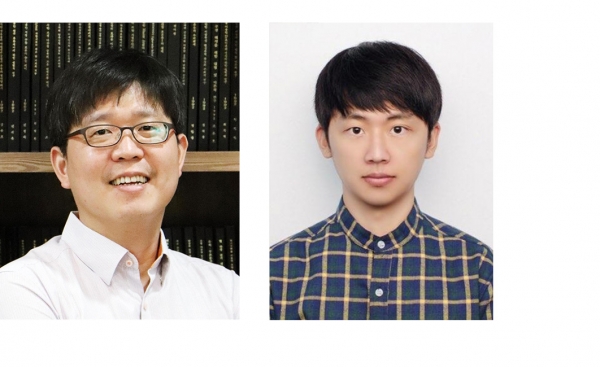
The research team of Professor Junsuk Rho (ME and CE) and Dr. Gwanho Yoon (currently Assistant Professor in Manufacturing Systems and Design Engineering at Seoul National University of Science and Technology) developed and freely distributed the software, “MAXIM”. MAXIM is an open-source electromagnetic wave simulation software optimized for designing metamaterials with intuitive graphical user interfaces. The research along with the software package was published online in Computer Physics Communications, a global journal in computational physics.
Metamaterials are new materials made of artificial atoms that mimic atoms in nature. They are created by engineering the ordered arrangement of nanoscale unit cells. Because they control new properties of light such as negative refraction, research for their implementation in new optical devices such as metalenses, high-resolution holograms, and invisibility cloaks is attracting worldwide attention.
To design metamaterials with the desired optical properties, the shape of individual nanoscale unit cells must be calculated approximately with a program, since a mathematical solution does not yet exist. Until now, commercial electromagnetic wave simulation programs were based mainly on the Finite-Difference Time-Domain method (FDTD). However, FDTD-based programs (such as Lumerial) take a long time to compute, have long computation times, low reliability, require complex post-processing calculations, and are expensive.
Therefore the research team developed “MAXIM” through the Rigorous Coupled-Wave Analysis (RCWA) method. RCWA is a method specialized in calculating the optical properties of periodically arranged nanoscale unit cells, which can overcome the limitations of FDTD-based programs.
The research team compared the optical properties of various metamaterials calculated by MAXIM with a commercial FDTD program (Lumerial). The difference in calculation results was within 1%, verifying the high reliability of MAXIM.
The researchers plan to diversify the boundary calculation conditions and apply the latest algorithms such as AI-based optimization to expand the electromagnetic simulation program for general purposes.
Meanwhile, the research was conducted with the support of the National Research Foundation of Korea.


